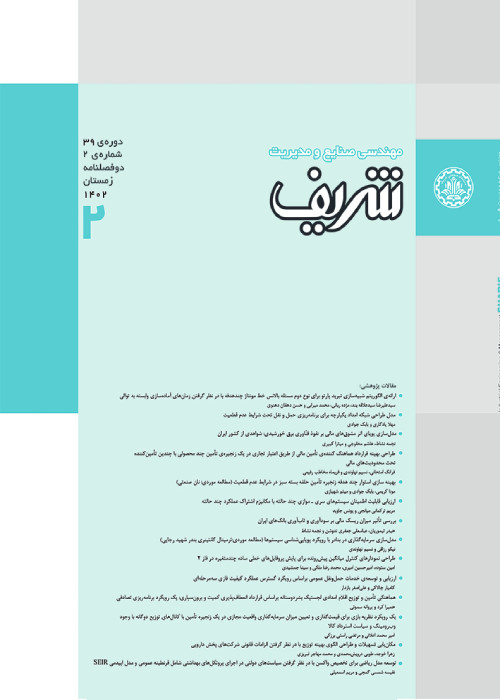ENGINEERING-STATISTICAL APPROACH TO ADJUSTMENT AND CALIBRATION COMPLEX MODELS CASE STUDY: LASER ASSISTED MECHANICAL MICRO-MACHINING PROCESS
Real systems face with uncertainty. Two categories are de ned for uncertainty: Aleatoric Uncertainty, and Epistemic uncertainty. The rst one is unbiased, and often de ned in a probabilistic framework. The second is biased, and it is less naturally de ned in a probabilistic framework. One goal of uncertainty quanti cation is to convert epistemic uncertainties to aleatorics, to apply probabilistic analysis. One of the activities done, calibrating a model, is statistical adjustment. Statistical adjustment is de ned by the process of calculating auxiliary variables. Model calibration is studied to be done through minimal adjustments. Minimal adjustment is an adjustment procedure that brings the computer model closer to the data by making minimal changes to it. The probabilistic quanti cation of predicted experimental and computational outcomes with identi ed and quanti ed uncertainty is sometimes termed predictive estimation. To forecast accurately and make decisions, this uncertainty must be modeled. In this research, di erent approaches for modeling and quantifying uncertainty are studied. One approach is engineering approach, which is time consuming and unrealistic, due to its simplifying assumptions. The second is based on data gathering, called statistical approach, which is not correct out of the data range, and lacks physical interpretation. Some researchers compounded these two approaches and de- ned engineering- statistical approach which is more useful, fast, and realistic. Besides, for large scale systems, usual techniques of model solving are inadequate. In such cases, surrogate models are used. Uncertainty quanti cation consists of four steps: veri- cation, validation, calibration and uncertainty propagation, In this research, a methodology is de ned to de- velop an engineering-statistical model. Then, the methodology is used for solving a real problem. As a case study, Laser Assisted Micro-Machining (LAMM) system is chosen. The problem is studied by some researches, before. So, it is proper to compare the proposed methodology by the previous ones in literature. In continue, the compare is done.
- حق عضویت دریافتی صرف حمایت از نشریات عضو و نگهداری، تکمیل و توسعه مگیران میشود.
- پرداخت حق اشتراک و دانلود مقالات اجازه بازنشر آن در سایر رسانههای چاپی و دیجیتال را به کاربر نمیدهد.


